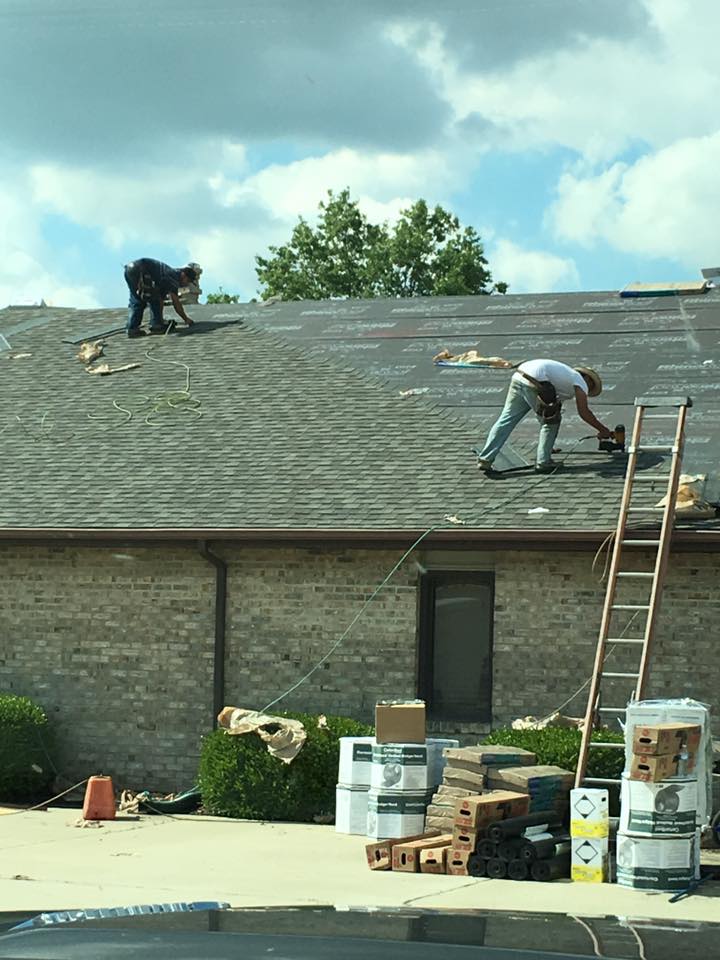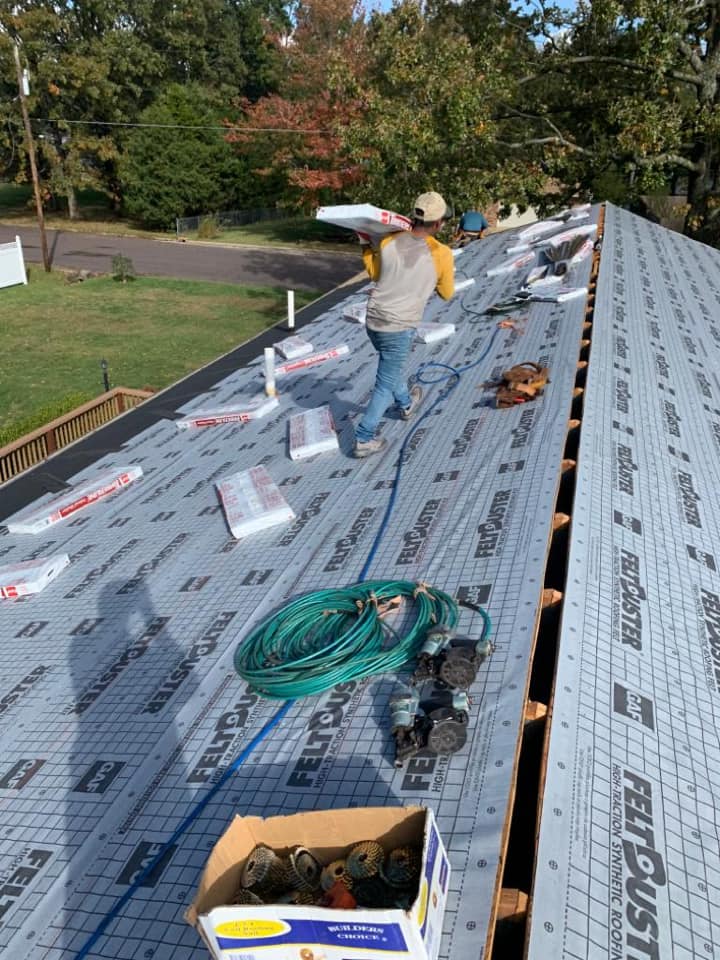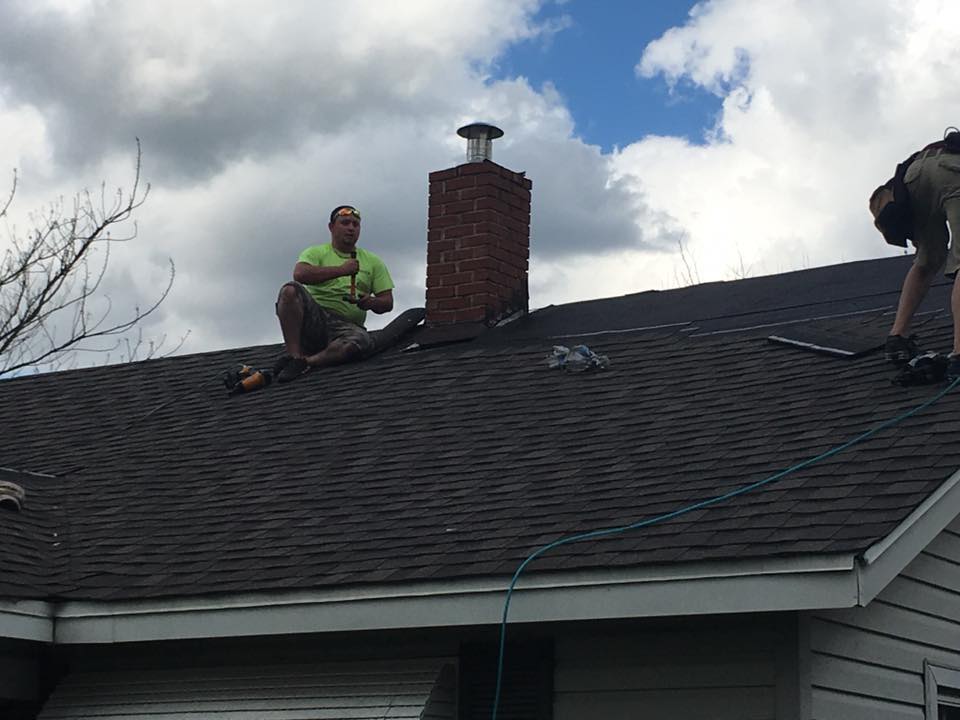Roof painting is a crucial aspect of maintaining the structural integrity and aesthetic appeal of a building. It involves applying protective coatings to the roof surface to enhance its durability, weather resistance, and overall appearance. Roof painting is not merely a cosmetic enhancement but rather a proactive measure that can significantly extend the lifespan of the roof and prevent costly repairs in the future.
Definition of Roof Painting
Roof painting, also known as roof coating or roof restoration, refers to the process of applying specialized paint or coating materials to the exterior surface of a roof structure. These coatings are designed to provide protection against various environmental elements such as UV radiation, rain, snow, hail, and wind. By creating a barrier that shields the roof from harsh weather conditions and potential damage, roof painting helps maintain the structural integrity of the building while preserving its visual appeal.
Importance of Roof Painting for Maintenance and Aesthetics
The significance of roof painting extends beyond mere maintenance tasks; it plays a vital role in enhancing both practical functionality and visual aesthetics. From a maintenance perspective, roof painting acts as a protective shield that prevents water infiltration, mold growth, rust formation (in metal roofs), and structural decay caused by exposure to sunlight and moisture. Additionally, by improving energy efficiency through reflective coatings that reduce heat absorption, roof painting can contribute to lower utility bills and overall sustainability efforts.
Benefits of Roof Painting
Protection Against Harsh Weather Elements

Roof painting serves as a robust shield against the relentless onslaught of UV rays, rain, snow, and hail. These natural elements can wreak havoc on roofs over time, causing premature deterioration and structural damage.
UV rays, in particular, can accelerate the aging process of roofing materials, leading to fading colors and weakened surfaces. By applying a high-quality roof paint with UV-resistant properties, homeowners can effectively protect their roofs from sun damage and maintain their aesthetic appeal for longer periods.
Extended Lifespan of the Roof
One of the primary benefits of roof painting is its ability to significantly extend the lifespan of a roof by preventing decay and rotting. Over time, exposure to moisture and environmental factors can cause roofing materials to deteriorate, leading to costly repairs or even premature replacement.
By investing in professional roof painting services, homeowners can create a protective barrier that seals out moisture, inhibits mold growth, and prevents rotting from taking hold. This proactive maintenance approach not only enhances the durability of the roof but also saves money in the long run by avoiding expensive restoration projects.
Energy Efficiency
In addition to providing protection against external threats, roof painting can also enhance energy efficiency within homes by reflecting sunlight and reducing heat absorption. Dark-colored roofs tend to absorb more heat from the sun’s rays, resulting in higher indoor temperatures during hot weather seasons.
By choosing light-colored or reflective roof paints that bounce off solar radiation instead of absorbing it, homeowners can lower their cooling costs and create a more comfortable living environment. This energy-saving benefit not only benefits household budgets but also contributes to overall sustainability efforts by reducing carbon footprints associated with excessive air conditioning usage.
Metal Roofs
When it comes to painting metal roofs, there are several benefits to consider. One of the main advantages is the durability and longevity that a fresh coat of paint can provide. By protecting the metal surface from corrosion and rust, roof painting can significantly extend the lifespan of a metal roof.
Additionally, painting a metal roof can improve its energy efficiency by reflecting sunlight and reducing heat absorption, which can lead to lower cooling costs in warmer climates. However, there are also considerations to keep in mind when painting a metal roof.

It’s crucial to use the right type of paint that is specifically formulated for metal surfaces. Acrylic paints are popular choices for metal roofs due to their flexibility and weather resistance.
Another important factor is proper surface preparation to ensure adhesion and longevity of the paint job. Cleaning the roof thoroughly and addressing any existing rust or damage before painting is essential for optimal results.
Tile Roofs
Tile roofs offer unique aesthetic appeal and durability, making them popular choices for many homeowners. When it comes to painting tile roofs, one of the key advantages is the ability to refresh and update the look of an older roof without the cost of replacement. Painting a tile roof can also provide added protection against UV rays and weather damage, potentially extending its lifespan.
However, there are some challenges associated with painting tile roofs that need careful consideration. The porous nature of some types of tiles can make adhesion difficult if not properly prepared.
It’s essential to choose high-quality paints designed for use on tile surfaces and ensure thorough cleaning and priming before applying any paint. Additionally, regular maintenance may be required to touch up areas where paint may wear off over time due to exposure.
Asphalt Shingle Roofs
Asphalt shingle roofs are common in many residential properties due to their affordability and ease of installation. Painting an asphalt shingle roof can offer benefits such as improved aesthetics, UV protection, and extended lifespan by sealing out moisture and preventing decay.

When considering painting an asphalt shingle roof, it’s crucial to follow best practices for optimal results. Using elastomeric paints specially formulated for asphalt surfaces can provide flexibility and durability against weather elements.
Proper surface preparation involving cleaning away debris, moss, or mold is essential before applying any paint or primer on asphalt shingles. Additionally, ensuring adequate ventilation during application is crucial for achieving a smooth finish free from bubbling or blistering.
Wrapping it up
Whether you have a metal, tile, or asphalt shingle roof, painting it can bring numerous benefits in terms of protection, aesthetics enhancement, and longevity. By understanding the specific considerations and best practices associated with each type of roofing material before embarking on a paint job, you can ensure successful results that not only beautify your home but also safeguard your investment in the long run.
